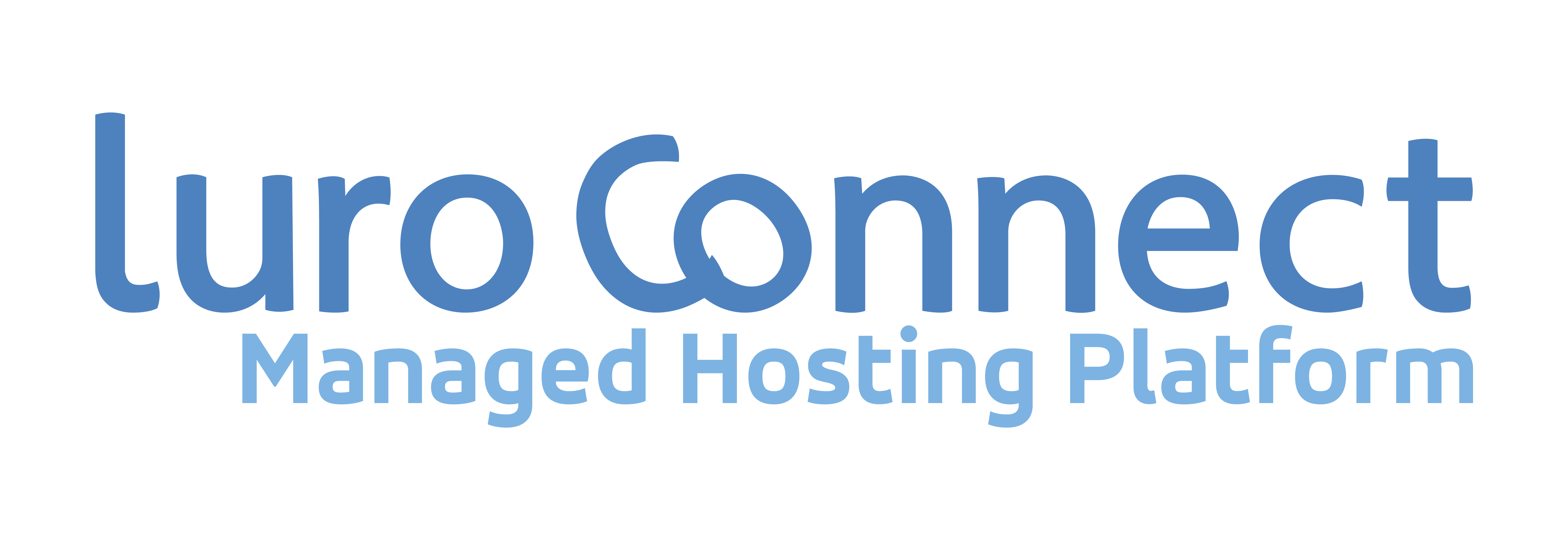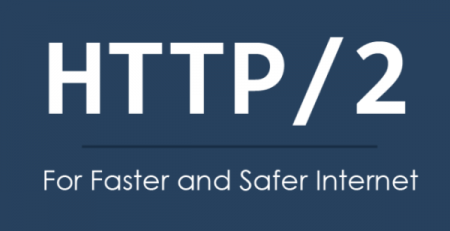6 tips to speedup Magento websites
Introduction
Website speed is very crucial to conversions. There are many studies that indicate how website slowdown of even one second can cause drop in conversions. And websites that have taken this learning have seen conversions grow. Take Pier 1 for example in this article.
Our tips are oriented towards what you need to do on the server side to improve performance especially during high traffic times, when server response times tend to be inconsistent. These tips will speedup Magento websites.
Tip # 1 : Restrict Bots
When times are a busy, you need to be mindful of who you allow into your store. Restricting BOTs is easy to implement by checking the ‘user agent” field. With lowering of server load this will speedup Magento or help reduce resources.
Tip # 2 : Rate limit hits from the same IP
This is one more reduce tip that may work in your situation. Hits from the same IP – until your target audience is a group that is behind a firewall – will restrict simple robotic attempts to crowd your site – especially if you are running a time bound flash sale.
Bonus Tip : Use CDN to serve static content
During peak traffic, CDNs help in offloading not (just) servers but actually network bottlenecks of your servers. This causes a speedup in Magento by reducing the load on the entire system.
Tip # 3 : Use php7 instead of php5.x
php7 performance is almost 50% higher than php5. We have seen this in processing CPU intensive Magento hits. But, Magento 1.x does not officially support php7 and 3rd party patches. We like the one from inchoo. Magento 2 should be on php7.
Tip # 4 : Consider adding separate servers or pools for your checkout flow (or admin access)
While site performance is important, checkout flow performance is even more important as it is on the business end of your sales funnel. Consider adding a separate checkout servers or pools. They are akin to High Occupancy (HOV) or diamond lanes in traffic. This helps to speedup Magento’s checkout process.
The same concept can be applied to restrict number of resources you reserve for admin access.
Tip # 5 : Manage Magento Indexing
Leaving Magento Indexes to “Update on Save” can get your newly uploaded products available for shopping faster, but can slow down the site! If business permits, move indexing to slightly low volume times of the day (or night). This setting leads directly to speedup Magento front end.
Tip # 6 : Monitor the performance of your caches
A Magento site has many caches and each one helps in reducing the server load and improve response times. But you need to monitor for hit to miss ratios and out of memory conditions. This achieves a speedup in Magento as more cache hits mean faster response. The caches one should look at are php opcache, Magento block cache, FPC (Full Page Cache) and mysql cache.
Conclusion
By reducing, redirecting and monitoring server, the overall performance of a website can be improved.











